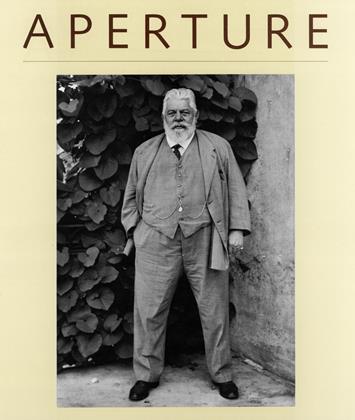PHOTOGRAPHS
MAN OF THE TWENTIETH CENTURY
More than anything else, physiognomy means an understanding of human nature... . We know that people are formed by light and air, their inherited traits, and their actions, and we recognize people and distinguish one from another by their appearance. We can tell from appearance the work someone does or does not do; we can read in his face whether he is happy or troubled, for life unavoidably leaves its trace there. A wellknown poem says that every persons story is written plainly on his face, though not everyone can read it. These are runes of a new, but also ancient, language.. . .
The individual does not make the history of his time, he both impresses himself on it and expresses its meaning. It is possible to record the historical physiognomic image of a whole generation and, with enough knowledge of physiognomy, to make that image speak in photographs. This historical image will become even clearer if we juxtapose pictures typical of the many different groups that make up human society, which together would carry the expression of the time and the sentiments of their group. The time and the group sentiment will be especially evident in certain individuals whom we can designate by the term “type.” The same observations can be made about sports clubs, musicians, businesses, and similar organizations. Thus the photographer with his camera can grasp the physiognomic image of his time.
August Sander, The Nature and Development of Photography, Lecture 5,1931
When someone is trying to be natural, or better, when he does not know he is being photographed, he reveals character. But if he approaches the camera with a certain solemnity, with the intent of showing himself off, he has become something more than himself: he is revealing a secret self-image. There is no movement, no laughter, only deadly seriousness and the desire to be taken seriously by others. Then the type is created, and it is types that the creator of these portraits set out to record.
Golo Mann, introduction, Men without Masks, 1971






















































